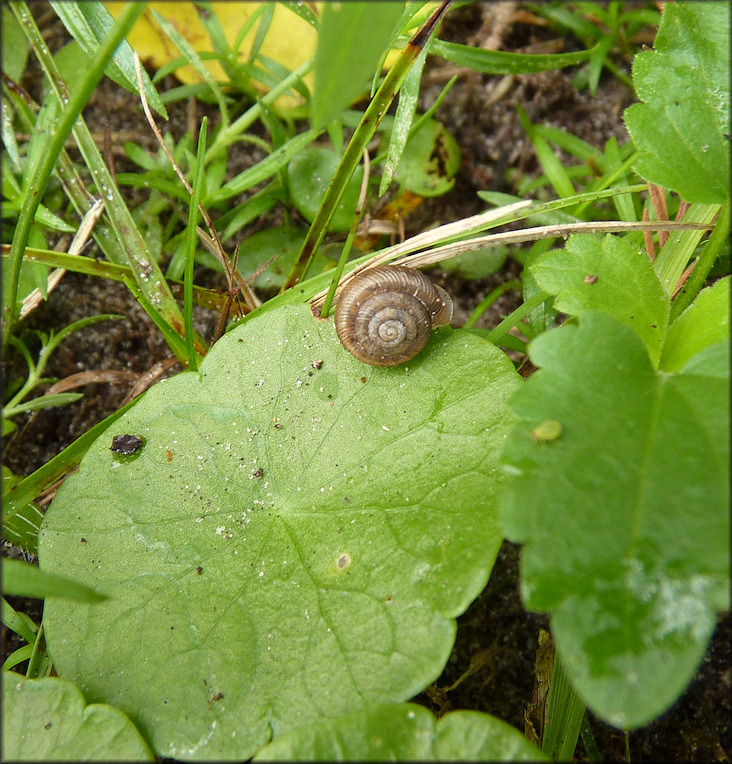Nutrition
Since there is a lack of information that
has been found on Daedalochila delecta, the nutrition
will be focused on less in depth levels of classification such
as the snail’s phylum and class.
Radula: First we will start off with
the phylum Mollusca. The organisms in the phylum Mollusca all
have tongue-like organs called a radula (except Bivalves). This
radula uses its rows of chitinous teeth to cut, scrape, and tear
particles of food, usually algae, from a substrate or other
plants.
Soil: Daedalochila delecta is only found in 13 counties in the panhandle of Florida, so this species does not have to deal with cold temperatures. Also the average pH of soil in Florida is 6.1 which are only slightly acidic, so this snail does not have to deal with alkaline soil (Master Gardener 2009).
Lifecycle: The life cycle of this species does not require a host, but other organisms, such as trematodes, often use freshwater snails as an intermediate host, so this species could possibly be a host for them (Gillis 2011).
Internal Systems: The circulatory
system of this snail is open, which means it has a pumping
heart, blood vessels, and blood sinuses (Hickman
et al 2009). After
eating the algae or other plant like food using its radula, a
snail in the Class Gastropoda will use its complete digestive
tract to transport the food from where it is taken in (mouth) to
where it will be taken out a different opening (the anus). This
differs from an incomplete digestive cavity which only has one
opening for food intake and expulsion (Gillis
2011). Digestion and storage
of food is usually extracellular in the lumen of the stomach or
digestive glands (Hickman et al 2009). A side note of the nutrition of this snail is
that when it is initially produced, the mouth is anterior and the
anus is posterior, but after undergoing torsion the anus is
rotated and moved up and ends up in between the head and the
mantle (Hickman et al 2009).
Back: Adaption Go Home Next: Reproduction
